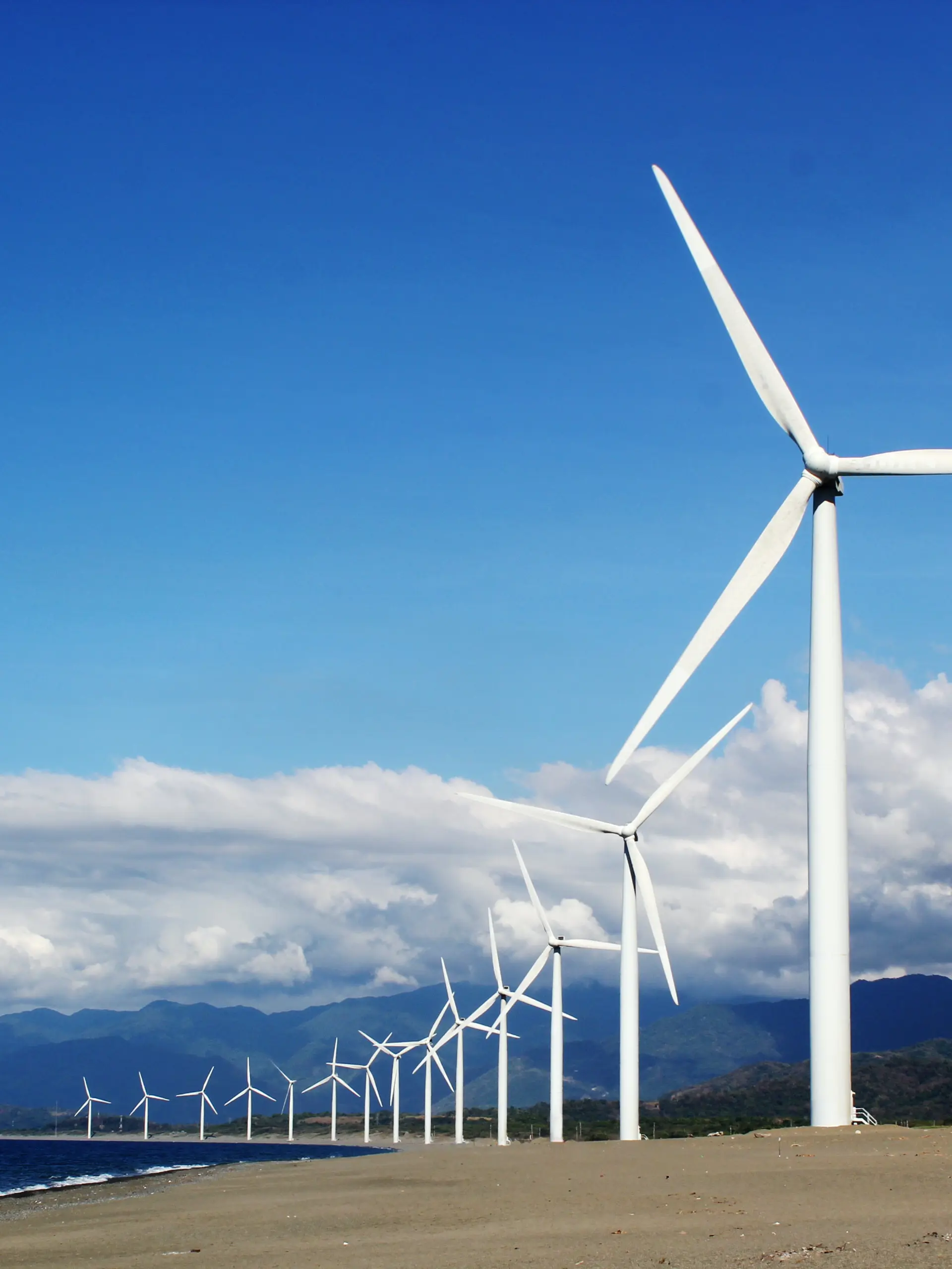- Frontpage
- · Other projects
- · TIM Wind

TIM Wind
APQP4Wind serves as the host organization for TIM Wind and plays a key role in promoting and supporting the use of the TIM Wind guidelines across the wind industry. With a strong industry network and experience in quality processes, APQP4Wind helps ensure that the guidelines are visible and accessible to relevant stakeholders.
The ambition of TIM Wind is to create a clear and unambiguous interpretation of the existing standards and to develop new standards that can be applied in the wind industry. Upon completion, the documents created in the TIM Wind workstreams will be open source and available to the global wind sector.